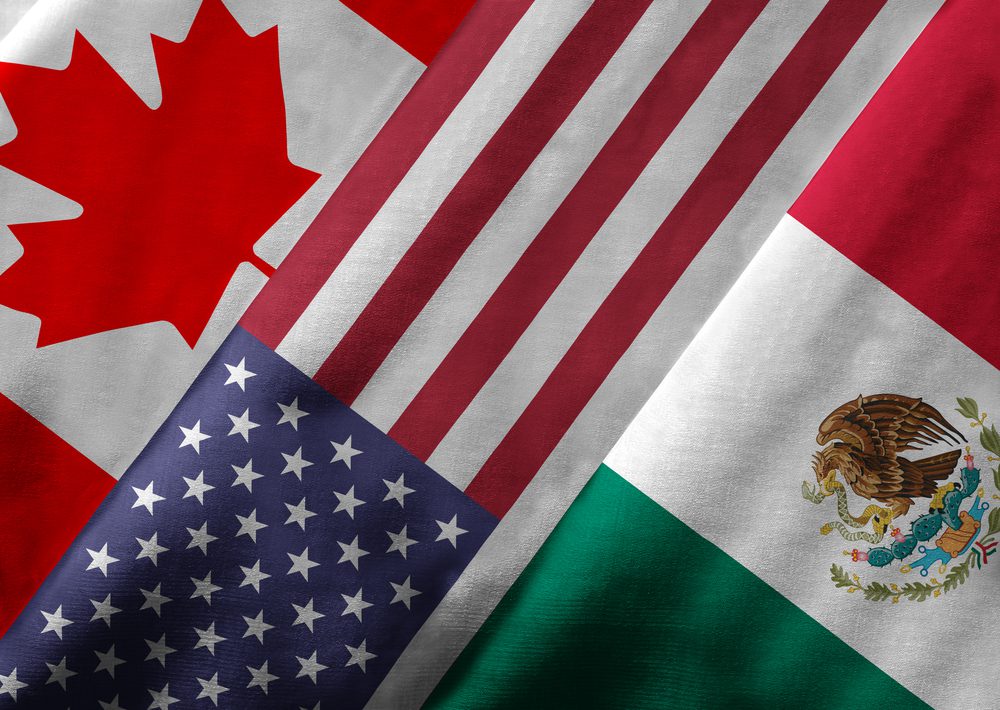After making little progress with negotiations last Thursday in Washington, D.C., Canadian Foreign Minister Chrystia Freeland and U.S. Trade Representative Robert Lighthizer are expected to once again hold informal NAFTA talks on the edge of the 73rd annual U.N. General Debate in the coming days.
NAFTA, or the North American Free Trade Agreement is a trade bloc between the United States, Mexico, and Canada. This agreement allows more flexible and relaxed trade barriers between the three countries; usually by reducing tariffs and other taxes on international trade.

Having campaigned strongly on the platform to renegotiate NAFTA, President Donald Trump has been trying to reach deals with both Canadian and Mexican leadership for the better part of the last year. This past month, Trump reach a compromise with Mexican President Enrique Peña Nieto which according to The New York Times states that under the new deal, auto companies must manufacture at least 75 percent of the car’s value in North America. It was 62.5 percent previously, and at least 40 to 45 percent of the car must be made by workers earning at least $16 an hour.
These changes should create more U.S. jobs while raising the price of cars sold in America. However, the United State’s Congressional body will only ratify the agreement if Canada joins its fellow North American countries at the negotiating table. With the U.S imposed deadline set for September 30th and Peña Nieto set to leave office by December 1st, all parties are running out of time.
The consequences that the Canadian economy could face as a result of a stalemate, have the potential to be catastrophic. As Global News reports, President Trump has threatened to impose a 25 percent tariff on Canadian auto exports if they are excluded from a NAFTA deal. This is could result in tremendous auto losses for Canada, as well as hiked up prices for auto retailers that house their production plants within Canadian borders.
Sitting down with NPR, Analyst Paul Eisenstein from the Detroit Bureau uses Ford as an example here:


That would mean an additional 25 percent tariff for the Canadian government everytime a part or module crosses the border.
No matter what economic analyses you subscribe to, there is no doubt that this threat of revenue loss has left Canada skeptical of coming to terms with the U.S., but it looks like neither party has given up yet. Only time will tell if NAFTA sees a drastic change, and auto retailers should prepare themselves to get caught in the cross-fire.








